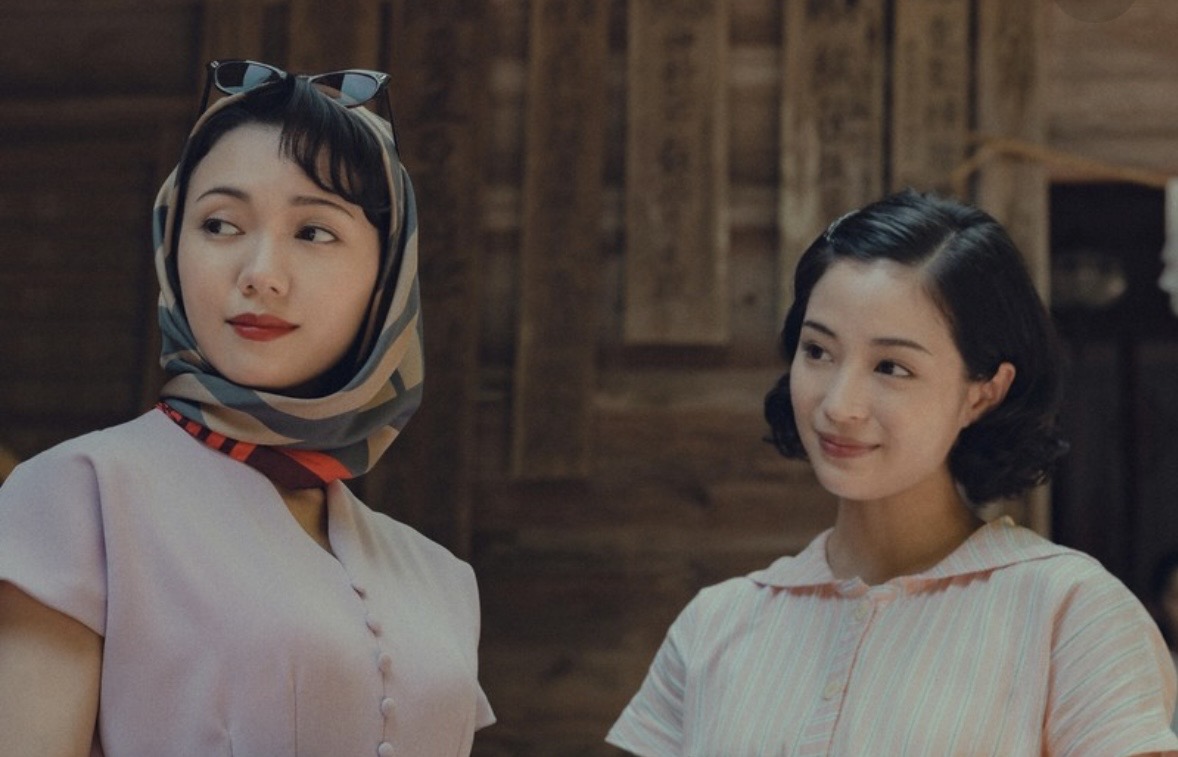I was born and raised in Nagasaki, the same hometown as Kazuo Ishiguro
Perhaps this is something only a person from Nagasaki can truly understand.
Guided by that thought, I stepped into the cinema.
As someone born in the same land as Kazuo Ishiguro, I could not ignore this film. Nagasaki—where memory and landscape are interwoven. Growing up in that place, I felt compelled to face the story head-on.
I had picked up the original novel, but stopped after the first few dozen pages. I wanted to encounter the film without any preconceptions, to confront its images with a blank slate.
On the screen unfolded a landscape where the memory of the land and my own memory overlapped in sudden, unexpected ways. Emotions long sedimented in my chest were stirred by the story.
The protagonist once worked at Shiroyama Elementary School—a place I myself attended. By the time I was there, thirty years had passed since the war, yet many survivors still lived nearby. Behind their silence lingered the raw shadow of memory. Shiroyama stood close to the hypocenter; many children perished there. But people in Nagasaki rarely spoke of it. That silence, thick and immovable, is part of the city’s character.
⚠️ Note for cat lovers: the film contains sensitive and disturbing scenes.
――Spoilers ahead. If you plan to watch the film, please stop here.
Why do people not speak?
Because to speak would wound the survivors again. Especially women, who faced deep discrimination in marriage and family life. They suffered not only from the atomic bomb itself but also from the stigma of being labeled hibakusha (atomic bomb survivors)—told they were “unfit to marry” or that their “children might be affected.” That double pain robbed them of their future. Perhaps this is why some chose to leave for foreign countries: to live as women free from the questions of the past.
Watching the women on screen, I wondered: perhaps they were not separate individuals at all, but temporal fragments of the same woman.
Suzu Hirose embodied the past self, Fumi Nikaidō the present, and Yō Yoshida the future. Mariko blending into Keiko suggested memories dissolving and reassembling. This is Ishiguro’s familiar motif—the “unreliability of memory,” the “distortion of the narrator”—subtly at play in cinematic form.
Thus, the film may not be a true ensemble piece, but the story of one woman living within fractured time.
When faced with unbearable reality, people instinctively distance themselves: This did not happen to me.
The mind fragments, shifting perspectives, inventing other selves to survive.
Psychology calls this dissociation. Survivors of trauma or PTSD may be unable to recall their own experiences as their own, speaking as if they were someone else’s story, or as if from a dream. This is not weakness but a survival mechanism the mind itself chooses.
For this reason, Ishiguro’s “fractured time” and “distorted narration” are not mere literary tricks. They reflect the fundamental way humans reshape and twist memory to endure overwhelming reality.
All of Ishiguro’s works carry this question: Can memory be trusted? In The Remains of the Day, Never Let Me Go, When We Were Orphans, the narrators are always entangled in unreliable memory. Here again, the same device returns. To longtime readers, it feels familiar—“Ah yes, here it is again.” But for newcomers, it may feel opaque, even alienating. This is why his works divide audiences so sharply.
And yet, when the credits rolled, I knew: I liked this film.
It ends neither with salvation nor despair, but halts in ambiguity. That suspended feeling is Ishiguro’s signature—leaving the audience unsettled, and therefore unable to forget.
I was glad I had not watched it with my husband. He would only have grumbled, “I don’t understand. We could’ve spent that money on sashimi instead.”
We share sashimi, but not Ishiguro. That boundary, I realize, is what steadies our marriage.
Finally, I must add: my reading of this film was deepened by my prior encounters with the works of Hayashi Kyōko, a Nagasaki-born writer who depicted the pain of women survivors. Because of her voice, the shadows on screen cut more sharply into my heart.
――A Pale View of Hills.
It was like a weight lowered into the depths of memory, quietly dredging up what lay buried in silence.
#APaleViewOfHills #KazuoIshiguro #FilmReview #NagasakiPerspective #MemoryAndTime #HibakushaWomen #KyokoHayashi #DystopianLiterature #IshiguroFans #CinematicLiterature
